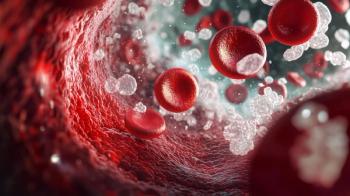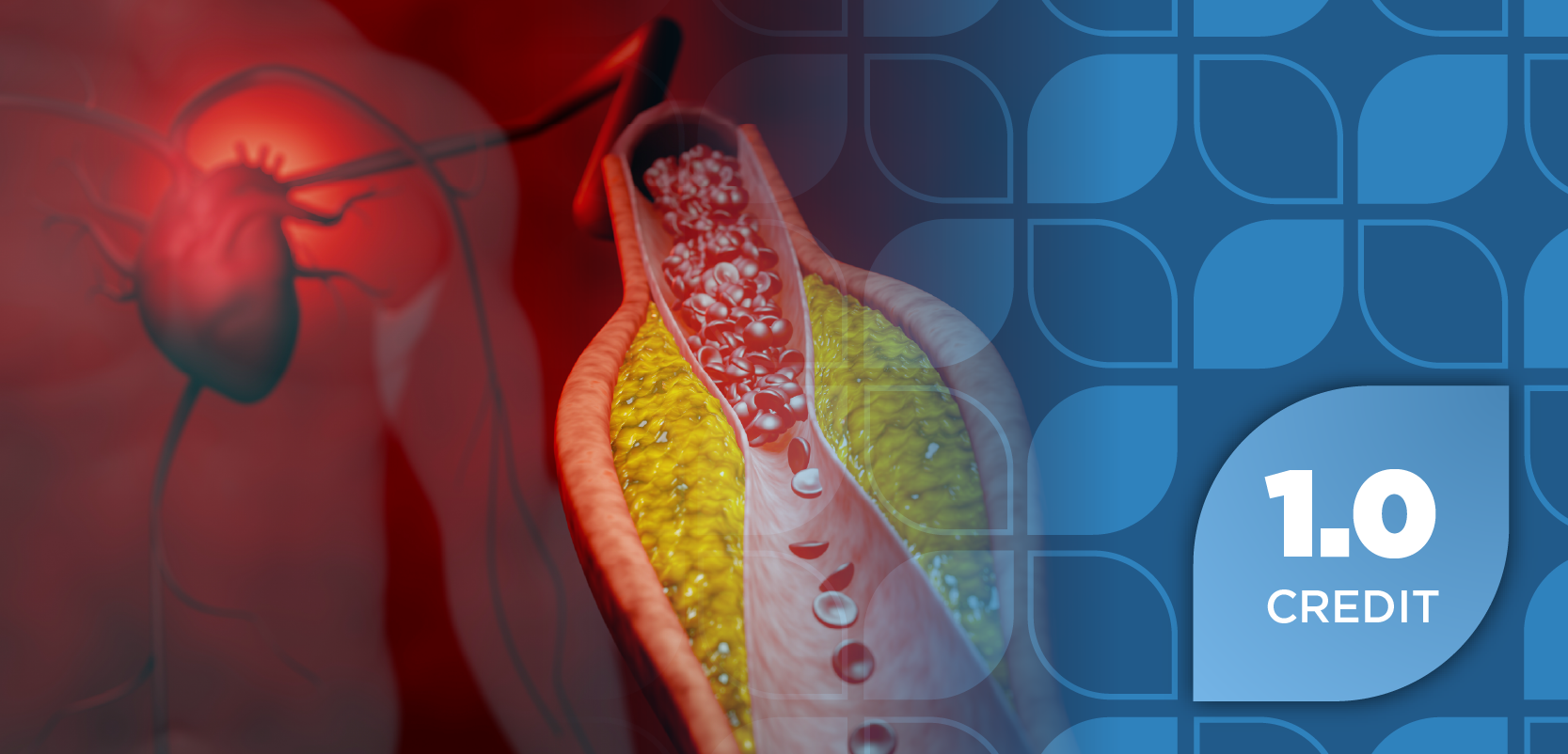
ASCO 2025: Expert Insights on Endocrine, Cardiac, Ocular, and Dermatologic Toxicities in Breast Cancer Care
Key Takeaways
- Novel breast cancer therapies frequently cause toxicities, necessitating careful management to preserve treatment efficacy and patient quality of life.
- Endocrine therapies require monitoring for bone health, hormone-related adverse effects, and lifestyle modifications to mitigate toxicities.
Explore the complexities of managing toxicities in breast cancer treatments, including endocrine therapies, antibody drug conjugates, and immune checkpoint inhibitors.
Toxicities are a common occurrence in patients with breast cancer (BC) being treated with novel therapies like endocrine therapies, targeted therapies, or immunotherapies. This can make treatment challenging as clinicians aim to treat the patient’s cancer alongside managing toxicities in a way that does not impair the integrity of those cancer therapies. Shared decision-making is also crucial when managing toxicities, as patients are typically on these treatments for a long time.
Experts at the 2025 American Society of Clinical Oncology Annual Meeting gave a comprehensive overview of the many common toxicities associated with novel cancer drugs and how best to navigate and overcome such challenges. They highlight key approaches to endocrine, eye, heart, and skin, hair, and nail toxicities.
Endocrine Toxicities
Endocrine therapies are highly associated with toxicities, and many patients become refractory to these therapies. Thereby, treatment with endocrine therapies, among others, requires careful monitoring to mitigate the toxicities before they become more severe.1
Bone health is a common toxicity associated with endocrine therapies and is of particular concern in women over the age of 50, when estrogen levels begin to decrease, affecting bone density. This can lead to osteoporosis and an increased risk of fractures. Hope S. Rugo, MD, FASCO, from the University of California, San Francisco, suggests the use of DXA scans to evaluate bone density and the FRAX tool for baseline risk fracture assessment. Additionally, a baseline dental exam is critical before starting treatment.1,2
It’s also crucial to measure vitamin D levels, which may be improved through a healthy diet high in vitamin D or supplementation with calcium (1000 mg) and vitamin D. Bisphosphonates may be another option to treat low bone mineral density as well.1
"Lifestyle changes and lifestyle activities can play a role with weight-bearing exercise, not smoking, less alcohol, and dietary supplements are generally recommended,” explained Rudolph.1
Hormone-related adverse effects (AEs) can include hot flashes, aromatase inhibitor-induced arthralgia (AIA), sexual dysfunction, vaginal dryness, and hair loss. These symptoms greatly impact quality of life and can affect self-confidence.1
Eye Toxicities
Antibody drug conjugates (ADCs) can cause corneal pseudomicrocysts, which can develop as early as 3 weeks after the first infusion. Corneal pseudomicrocysts are a result of nonselective uptake of the ADC into corneal cells, resulting in apoptosis of corneal epithelial cells. The toxicity starts at the cornea's periphery and can migrate towards the vision center, leading to eye pain, blurry vision, and impaired ability to measure distances—significantly impacting a patient’s quality of life. Only 20% of ADCs have black box warnings for ocular toxicity.1
Corneal pseudomicrocyst toxicity is reversible, but current therapies are largely ineffective, leading to interruptions in treatment and the need for dose adjustments.1
"About 50% of the time, patients have to have a dose delay, 35% have a dose reduction, and in the worst case, 20% have to discontinue, just from the ocular toxicity alert,” said Neel Pasricha, MD, University of California, San Francisco.1
Emerging research is aimed at developing consensus grading scales for ocular adverse events and exploring portable eye screening in oncology clinics, as well as investigating macropinocytosis inhibitors as potential preventative therapy.1
Heart Toxicities
Cardiovascular disease is a leading cause of morbidity and mortality, and patients with BC remain at risk throughout treatment and survivorship. Postmenopausal women are especially at risk, as they are more likely to die of cardiovascular disease (CVD) than they are of a BC recurrence 7 years out from their diagnosis. Heart toxicities vary across agents, including CDK4/6 inhibitors, human epidermal growth factor receptor 2 (HER2)-targeted therapies, and immune checkpoint inhibitors (ICI).1
"Look at all the evolution and all the new therapies that are now available for our patients with [BC],” Susan Faye Dent, MD, Duke Cancer Institute at Duke University, said. “And the key thing is that all these therapies, as they have emerged into the clinic, are associated with some form of cardiovascular toxicity. That may not be heart failure, but it may be other issues."1
CDK4/6 inhibitors are associated with a 5.8% incidence of new heart failure and a 4.9% incidence of new atrial fibrillation, along with a risk of QT prolongation—particularly notable with ribociclib (Kisqali; Novartis). For HER2-targeted therapies, the incidence of decreased left ventricular function ranges from 2% to 12%, depending on the specific agent. ICIs have been linked to rare but serious cases of myocarditis, typically occurring within the first 15 to 30 days of treatment. Although uncommon, myocarditis poses a significant health risk, with fatality rates reaching up to 50%.1
Dent recommended cardiovascular monitoring to promptly respond to and address CVDs before they become more severe. She suggests baseline cardiovascular assessment alongside EKG monitoring.1
Skin, Hair, and Nail Toxicities
Specific oncology agents are associated with a range of skin, hair, and nail toxicities, each requiring individualized management strategies to alleviate symptoms and maintain patient quality of life. ICIs, for example, are linked to various types of rashes such as morbilliform, lichenoid, eczema, and psoriasis, which are typically treated with topical steroids or systemic therapies. Pruritus, or itch, affects up to one-third of patients receiving ICIs.1
"Dermatologic toxicities are really common, right? in our patients with breast cancer, they impact quality of life. They can be severe, and they can disrupt treatment," said Jonathan Leventhal from Yale School of Medicine.2
Targeted therapies also present distinct dermatologic challenges. HER2 inhibitors may cause occasional acneiform rashes and folliculitis. CDK4/6 inhibitors have been associated with dermatitis, vitiligo, and, in rare cases, cirrhosis-related skin changes. PI3K inhibitors carry a particularly high risk of morbilliform rash, often requiring proactive skin care management.1
Hair toxicities are another concern, particularly for patients on hormone therapies such as endocrine therapies, which can lead to female pattern alopecia. One promising approach for hair loss management is the use of low-dose oral minoxidil, which has been a game-changer for increasing hair density. This strategy has shown efficacy in both chemotherapy- and hormone therapy-induced hair loss.1
Nail toxicities may also occur during cancer treatment. Patients can experience nail changes, including subungual hemorrhages. Management recommendations include the use of topical or oral antibiotics for infections, gentle nail care practices, and culturing for persistent or unclear issues.1
"I think understanding the morphology really helps treatment,” Leventhal said. “Most respond to topical remedies. Occasionally, when it's severe, you'll turn to systemic steroids. You'll turn to dermatologic-directed treatments, but almost always multidisciplinary care allows our patients to stay on their treatment."1
Important Principles
Health care providers of all disciplines must build an open communication pathway with their patients to ensure they understand the drugs they are being treated with, how to adhere to their treatment plan, and how to adhere to toxicity management regimens. This requires a compassionate approach centered around the patients’ needs and individual concerns. Providing patient-triggered communication pathways is crucial to further nurture the clinician-patient relationship.1
Considerations like dose reductions or treatment cessation until the toxicities are manageable or resolved can be effective options. These decisions, and most all treatment decisions, should be made by the patient with guidance from multidisciplinary teams that include nurses, pharmacists, and non-oncology specialists who can help bridge gaps in care and improve patient outcomes.
REFERENCES
1. Rugo H, Pasricha N, Leventhal J, et al. New drugs, new toxicities: Side effects of new and emerging breast cancer therapies. 2025 ASCO Annual Meeting. May 30, 2025, to June 3, 2025. Chicago, IL.
2. Breast cancer and bone loss. Endocrine Society. January 24, 2022. Accessed June 2, 2025. https://www.endocrine.org/patient-engagement/endocrine-library/breast-cancer-and-bone-loss
Newsletter
Stay informed on drug updates, treatment guidelines, and pharmacy practice trends—subscribe to Pharmacy Times for weekly clinical insights.





















































































































































































































